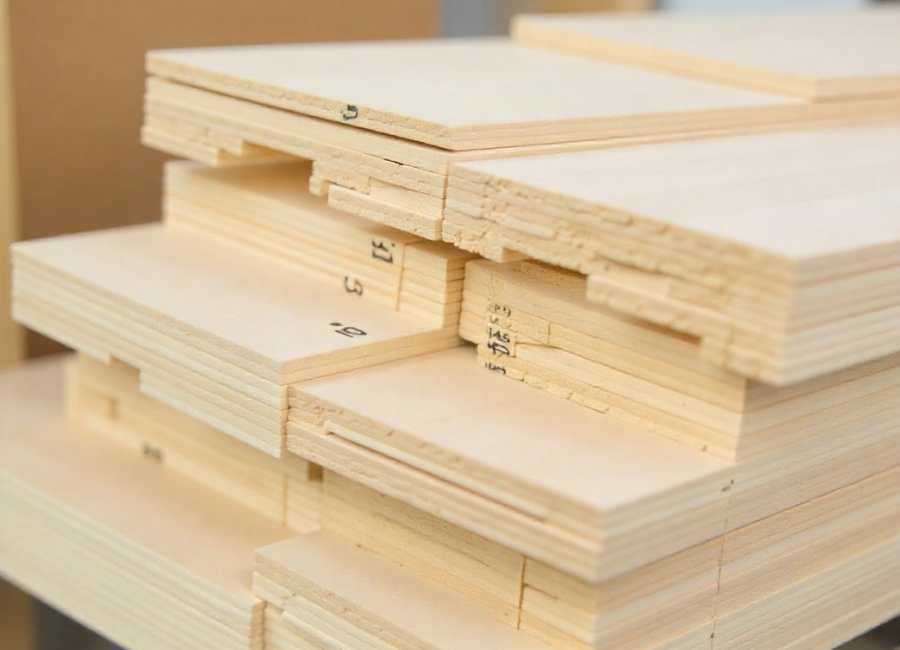If you’ve ever walked through the lumber aisle of a Home improvement store, you’ve likely seen stacks of boards labeled “whitewood.” It’s often one of the most affordable options available, making it tempting for a wide range of projects. But what exactly is whitewood, and is its low price a sign of low quality?
Understanding whitewood is key to making smart decisions for your next DIY build, whether it’s a simple shelf or a piece of furniture. This guide will explain what whitewood is, its common characteristics, and its advantages and disadvantages. By the end, you’ll know exactly when to choose whitewood and when to opt for a different type of lumber.
What Is Whitewood?
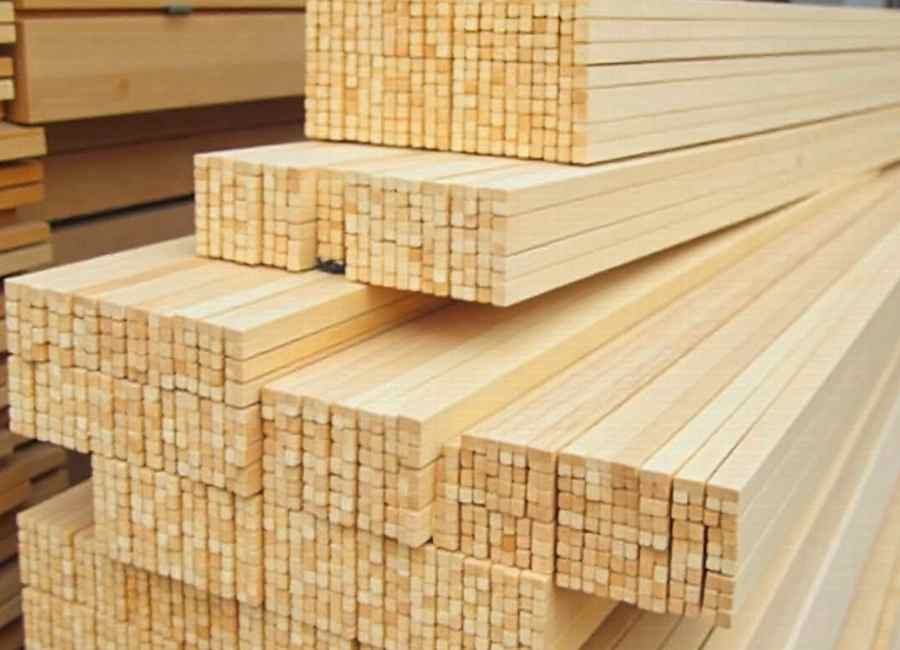
The term “whitewood” is a general, commercial category rather than a specific species of tree. It typically refers to any light-colored, inexpensive softwood lumber. This broad classification can include several different types of wood, and the exact species you get can vary depending on your location and the supplier.
Most often, whitewood is harvested from coniferous (cone-bearing) trees, such as:
- Pine: Various species of pine, like Lodgepole or Radiata Pine, are often sold as whitewood.
- Spruce: Trees like Sitka Spruce or Norway Spruce are common sources.
- Fir: Douglas Fir is sometimes included, although it’s often sold under its own name due to its superior strength.
These trees are fast-growing, which makes their timber more affordable and readily available. The lumber is typically kiln-dried to reduce its moisture content, making it more stable and less likely to warp. You’ll find it sold in common dimensional sizes, like 2x4s, 1x6s, and other standard boards.
Characteristics of Whitewood
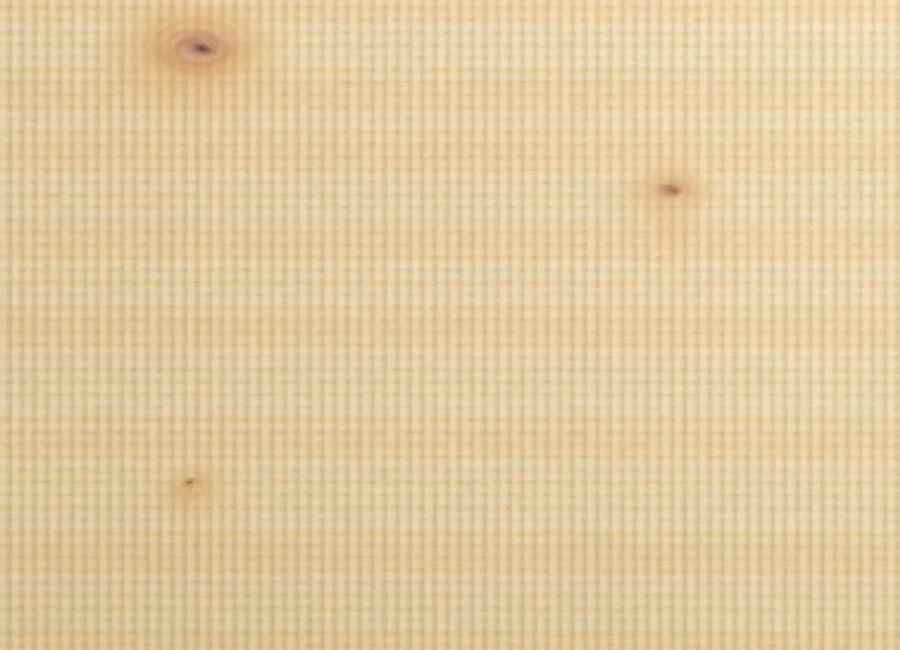
While the exact species can differ, most lumber sold as whitewood shares a set of common traits. Understanding these will help you determine if it’s the right material for your project.
Appearance
As the name suggests, whitewood has a pale, often creamy-white or yellowish appearance. The grain is typically straight, though it can sometimes be wavy. One of its most defining visual features is the presence of knots. These knots are the remnants of branches and can be either “tight” (stable) or “loose” (prone to falling out). The number and size of knots often determine the grade and price of the board. Higher-grade boards will have fewer and smaller knots.
Durability and Hardness
Whitewood is a softwood, which means it is less dense and durable than hardwoods like oak or maple. On the Janka hardness scale, which measures a wood’s resistance to denting, most whitewood species rank relatively low. For example, Engelmann Spruce has a Janka rating of around 390, while Red Oak has a rating of 1290.
This softness means whitewood is susceptible to scratches, dents, and dings. It’s not the best choice for high-traffic or high-impact surfaces like flooring or countertops unless you’re aiming for a rustic, distressed look that embraces wear and tear.
Workability
One of whitewood’s biggest strengths is its workability. Its soft nature makes it easy to cut, drill, and shape with both hand and power tools. This is a significant advantage for beginners or for projects that require intricate cuts. It also accepts nails and screws well, though using pilot holes is always a good practice to prevent the wood from splitting, especially near the ends of boards.
Sanding whitewood is straightforward, but it’s important to work through progressively finer grits to achieve a smooth surface. Because of its soft texture, it can sometimes have a “fuzzy” or “blotchy” appearance after sanding or staining if not prepared properly.
Finishing
Finishing whitewood can be tricky. Its uneven density and the presence of knots can cause it to absorb stain inconsistently, resulting in a blotchy finish. To achieve an even stain, it’s highly recommended to use a pre-stain wood conditioner. This conditioner partially seals the wood, allowing the stain to penetrate more uniformly.
Painting, on the other hand, is a great option for whitewood. A good quality primer will seal the wood and cover any imperfections or color variations, providing a smooth, even base for your paint. If you plan to paint your final project, whitewood is an excellent, budget-friendly choice.
Advantages and Disadvantages of Whitewood
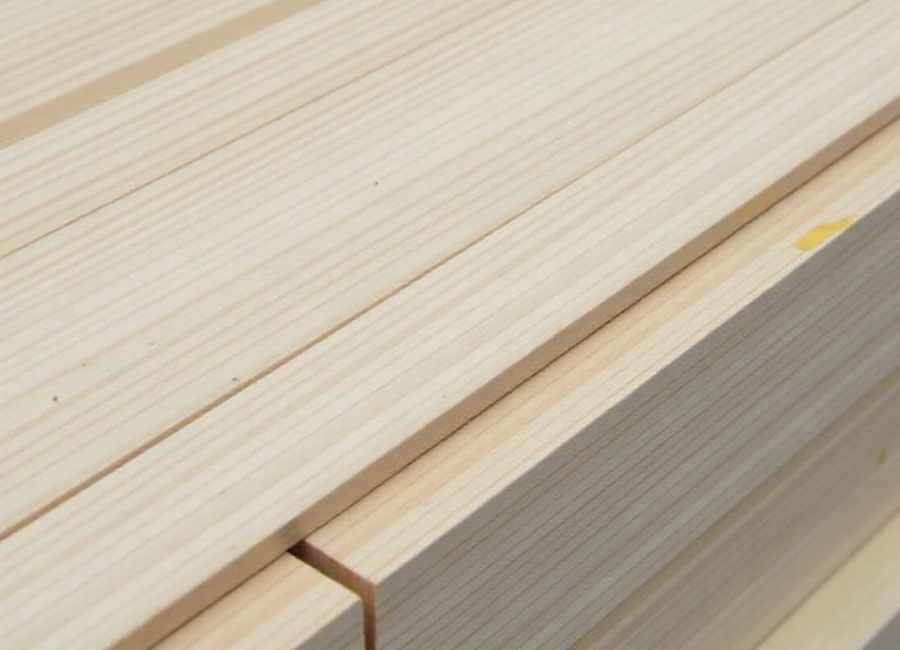
Like any material, whitewood has its own set of pros and cons that make it suitable for some applications and less ideal for others.
Advantages
- Affordability: This is Whitewood’s main selling point. It is significantly cheaper than most hardwoods and even many other softwoods like cedar or redwood, making it perfect for budget-conscious projects.
- Availability: You can find whitewood in standard dimensions at nearly any Home improvement or lumber store, making it easy to source for projects of any size.
- Ease of Use: Its soft nature makes it very easy to work with, which is a major benefit for DIYers who may not have high-end tools or extensive woodworking experience.
- Versatility for Painting: Since its natural grain isn’t its strong suit, whitewood is an ideal candidate for painted projects. It provides a solid, inexpensive base for any color you choose.
Disadvantages
- Low Durability: Whitewood is not a robust material. It dents and scratches easily, making it unsuitable for applications that will see a lot of wear and tear.
- Inconsistent Staining: Achieving a professional-looking stain finish is challenging due to its tendency to absorb stain unevenly. It requires extra preparation work to avoid a blotchy result.
- Presence of Knots: Knots can be a structural and aesthetic issue. Loose knots can fall out, leaving holes, while all knots can make the wood weaker and more difficult to finish smoothly.
- Not Suitable for Outdoors: Whitewood has very little natural resistance to rot, decay, or insects. It should not be used for outdoor projects unless it has been pressure-treated or is thoroughly sealed with a high-quality exterior-grade finish that is diligently maintained.
When Should You Use Whitewood?
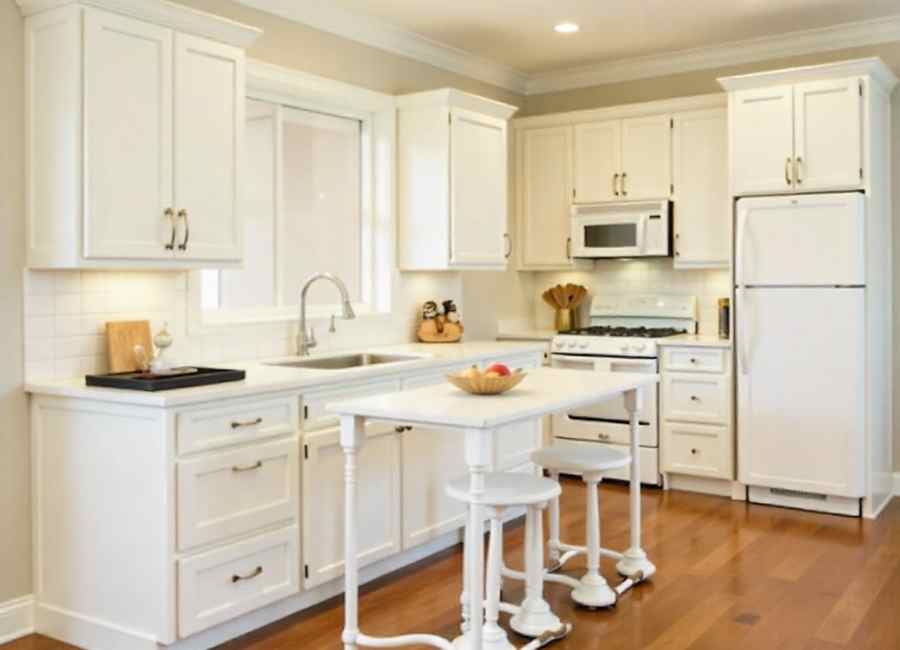
Given its characteristics, whitewood is an excellent choice for a variety of indoor projects where cost is a major consideration and durability is not the primary concern.
Ideal Projects for Whitewood
- Painted Furniture: From bookshelves and dressers to nightstands and toy chests, whitewood is perfect for furniture that you plan to paint.
- Utility Shelving: For storage in a garage, closet, or pantry, whitewood provides a strong enough surface at a low cost.
- DIY and Craft Projects: Its low price and ease of use make it great for experimenting with new designs, creating Home decor, or tackling small craft builds.
- Interior Trim and Molding: For baseboards, window casings, and crown molding that will be painted, whitewood is a standard and cost-effective choice.
- Structural Framing: In the form of 2x4s and 2x6s, whitewood (often spruce, pine, or fir, or “SPF”) is the go-to material for framing interior walls in residential construction.
When to Avoid Whitewood
- High-End Furniture: If you want a piece with a beautiful, natural wood grain and high durability, you should invest in a hardwood like oak, walnut, or cherry.
- Outdoor Projects: For decks, fences, or outdoor furniture, choose pressure-treated lumber, cedar, redwood, or other weather-resistant materials.
- High-Traffic Surfaces: Avoid whitewood for flooring, countertops, or dining tables that will be subject to heavy use and potential damage.
A Smart Choice for the Right Job
Whitewood is much more than just the “cheap wood” at the hardware store. It’s an accessible, workable, and budget-friendly material that, when used correctly, can yield fantastic results. Its main strengths lie in its affordability and ease of use, making it an indispensable resource for DIYers, builders, and hobbyists.
The key to success with whitewood is understanding its limitations. By choosing it for the right applications—like painted furniture, interior trim, and utility projects—and by properly preparing it for a finish, you can take full advantage of its benefits. The next time you’re planning a project, consider whether whitewood’s practical advantages align with your goals. You might find it’s the perfect material to bring your idea to life without breaking the bank.







